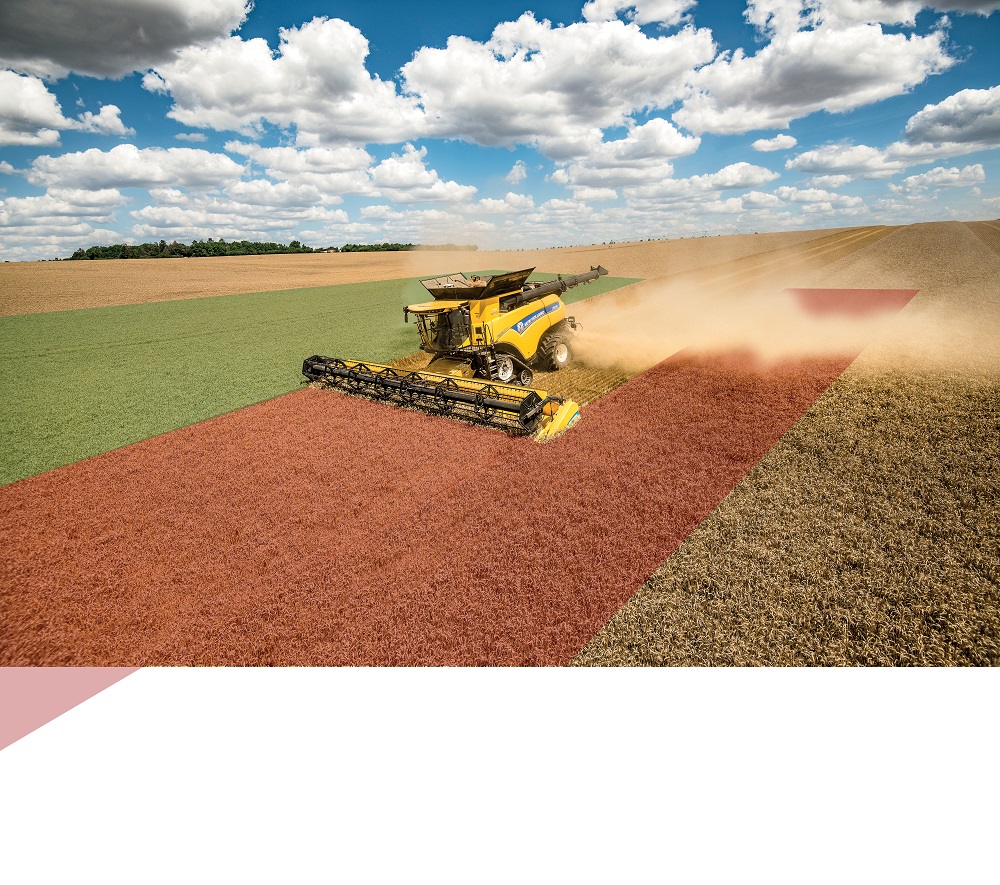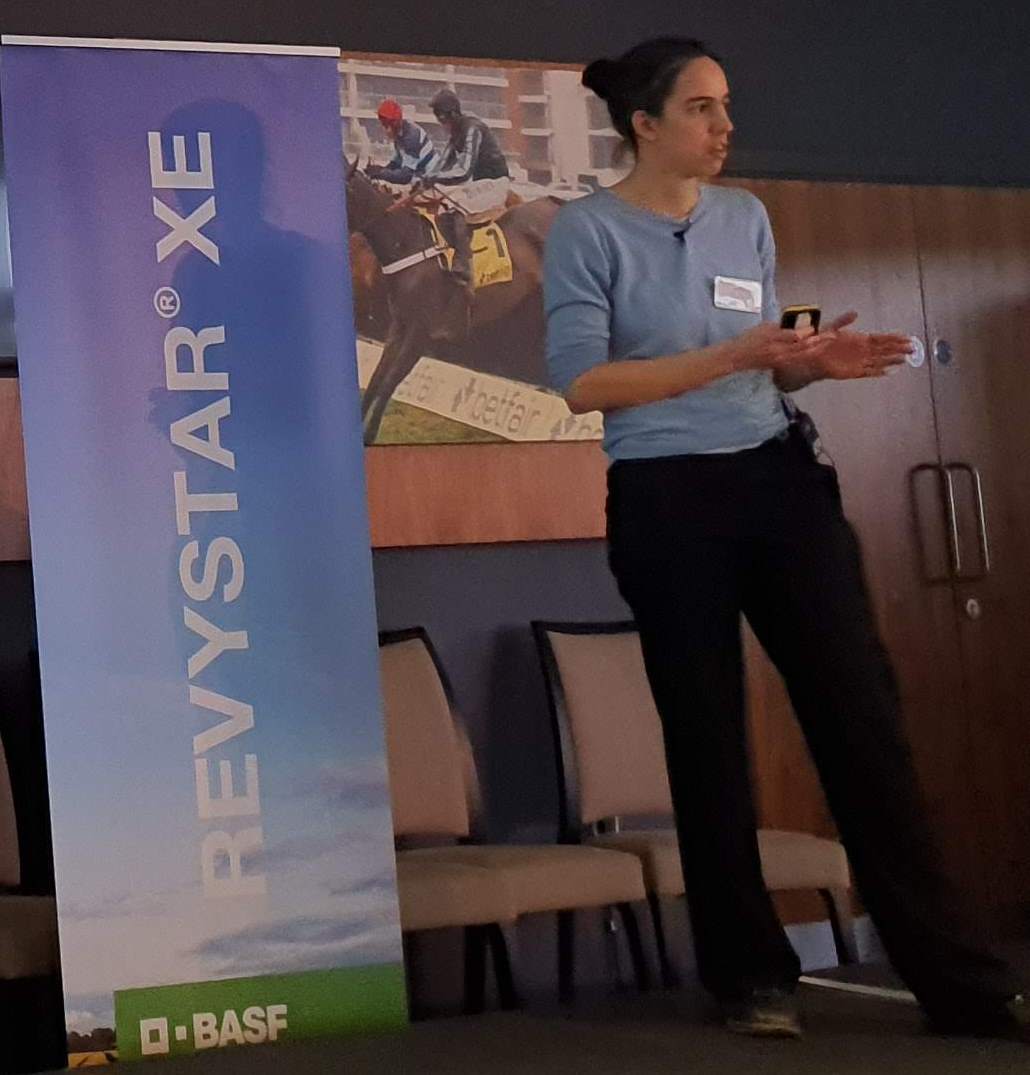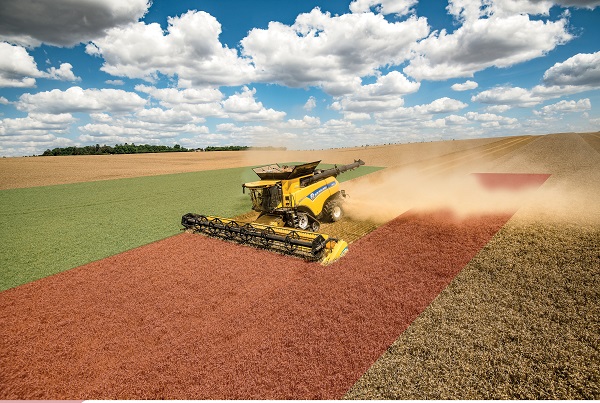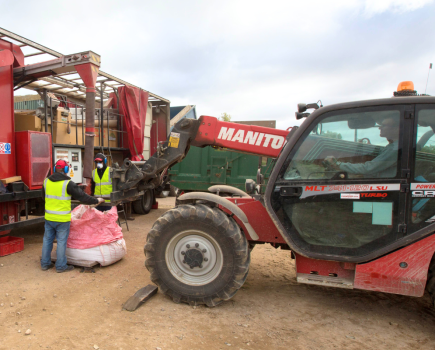
BASF has launched its new fungicide, Revystar XE, and is holding a series of roadshows hosted by farmers who have tested the new product on their crops. Tom Allen-Stevens attended the first event in Berks.
Farmer-led trials have revealed a significant benefit from including Revystar XE (mefentrifluconazole+ fluxapyroxad), the new fungicide from BASF, in disease-control programmes for winter wheat.
“I’ve worked on quite a lot of Agronomics trials since we introduced this method of getting scientifically robust results from on-farm trials several years ago, and this is the strongest set of data we’ve ever had,” revealed ADAS’ Susie Roques, who presented the results at the first Revystar roadshow in Newbury, Berks, on Wednesday (29 Jan).
Last year, 51 growers across the UK took part in BASF’s Real Results trials in which Revystar was pitched against their standard fungicide programme at either the flag leaf (T2) or both of the main spray timings (T1 and T2). Most of the trials were conducted without the use of multi-site chlorothalonil (CTL), which loses its approval for use from 20 May this year.
Yield maps were obtained from 47 of the farms that took part and results analysed with ADAS Agronomics, an approach that uses spatial modelling and statistics to allow yield-map data from the combine to be assessed with scientific rigour.

Susie Roques was struck by the consistency with which NDVI differences translated into yield.
“Across all the sites that submitted a yield map, the average yield increase was 0.2t/ha, with a benefit of just 0.09t/ha needed for statistical significance at the 90% confidence level,” reported Susie.
“If you strip out those results where CTL was used in one treatment but not the other (i.e. in an unbalanced trial), the average benefit is 0.27t/ha ±0.10t/ha, and for those who used Revystar at both T1 and T2, this brought a 0.39t/ha yield boost, ±0.16t/ha.”
Last season was the third year the trials have been carried out with the 50 growers, although previously these pitched Adexar (fluxapyroxad+ epoxiconazole) and Librax (fluxapyroxad+ metconazole) against the farm standard. All results were submitted as entries in YEN (Yield Enhancement Network) as well as analysed using Agronomics and NDVI maps were taken to assess any differences in crop canopy during the growing season.
“It was through these NDVI maps we began to pick out the differences, which showed Revystar was prolonging the green canopy. What was quite striking was the consistency with which this translated into yield,” noted Susie.
“I’ve looked at NDVI images from around 100 trials over the first two years of Real Results and seen visible treatment differences in perhaps two of them, but last year at least half showed this effect.”
True picture
Speaking at the event, local BASF agronomy manager Andrew Clune said the Real Results trials were designed to get a true picture of how the new fungicide performs on farm. “It’s not until the product’s handed over to growers that all the realities of a real farm environment come into play, and that’s what we’re aiming to assess through Real Results,” he said.
Revystar XE contains BASF’s new isopropanol-azole Revysol, the first new azole to come to market in around 15 years, Andrew explained. “The molecule’s unique in that it’s the only one within the triazole group where the triazole ‘head’ sits on the ‘neck’ of a flexible isopropanol unit, allowing it to assume different conformations.”
This flexibility means Revysol binds to the fungal pathogen’s target enzyme, CYP51, up to 100 times more tightly, even where current target site mutations have developed, he claimed. “This results in the death of the fungal pathogen.”
Andrew’s colleague, local agronomy manager Dr Jon Helliwell, noted that Revystar can be used at both the T1 and T2 timings at the recommended rate of 1 l/ha. “Alternatively, you could use 1 l/ha Adexar at T1 if yellow rust is the key concern – epoxiconazole is still the strongest azole on rust, while Revysol offers a significant step-up on Septoria tritici. For good stewardship, Revystar should not be applied at rates below 0.8 l/ha at T1 and 1.0 l/ha at T2.”
With a good tank-mixing profile, there are no known incompatibilities, and it’s suitable for use with the multi-site folpet with no mixing problems. Pricing information has not yet been released.
BASF’s series of agronomy-focused roadshows, hosted by Real Results growers, continue until early March 2020. The dates and venues for the events are:
- 4 Feb Exeter Rugby Club with Mike Hambly
- 6 Feb Cosford RAF Museum, Shropshire with Andrew Williamson
- 10 Feb Beeswax Dyson, Lincs with Ben Abell
- 12 Feb Hop Farm, Maidstone with Richard Budd
- 14 Feb Ravenwood Hall, Bury St Edmunds with Toby Hogsbjerg and Hannah Darby
- 3 March York Racecourse with Pat Thornton
- 5 March Murrayfield Stadium, Edinburgh with Andrew Booth
To sign up, go to www.basfrealresults.co.uk/revylution.




